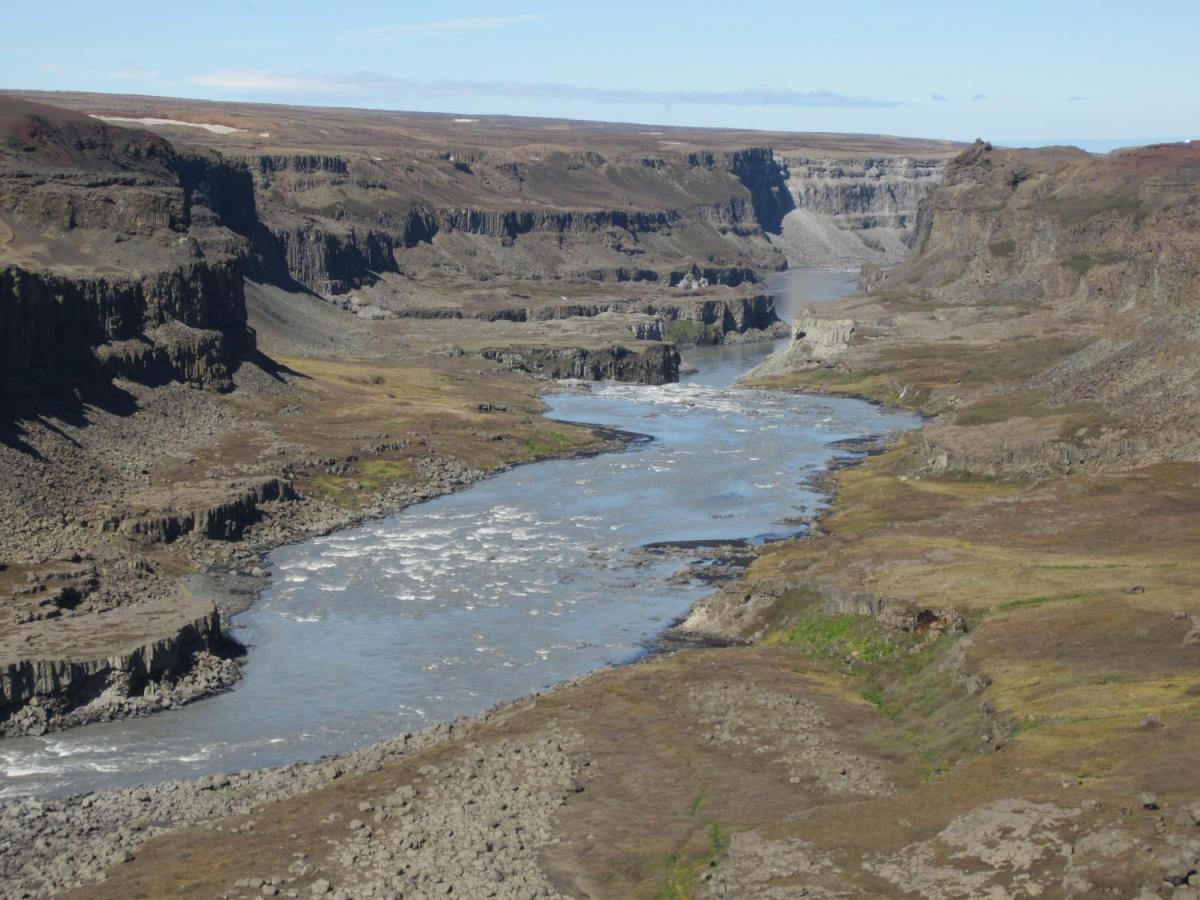At http://phys.org/print342714242.html … the Joumlkuka Fjoumllum river in the Joumlkuka rgljnafur canyon in Icelkand was formed in a matter of days by extreme flooding events

Researchers from the University of Edinburgh say the canyon is the home of Europe's most powerful waterfall and is 28km in length and 100m deep (in places). Three separate flooding events have been teased out of the rocks, carving out this geological wonder and pushing the waterfall backwards on each occasion. Separated by long periods of time they have roughly been dated at 9000, 5000 and 2000 years ago – not a precise date but interesting none the less. The dates came about by using geochemical analysis of rocks – which is nothing like C14 or dendrochronology, or even speleotherms, as far as exactness is concerned.
The study is published in PNAS – see also www.pnas.org/cgi/doi/10.1073/pnas.1415443112
At http://phys.org/print342699746.html … a small volcanic eruption at Lombok in Indonesia came with volcanic lightning phenomena
 A team from the University of Bristol published a paper in Nature Geoscience (Feb, 2015) and they say there is a link between volcanism and the formation of copper ore.
A team from the University of Bristol published a paper in Nature Geoscience (Feb, 2015) and they say there is a link between volcanism and the formation of copper ore.
